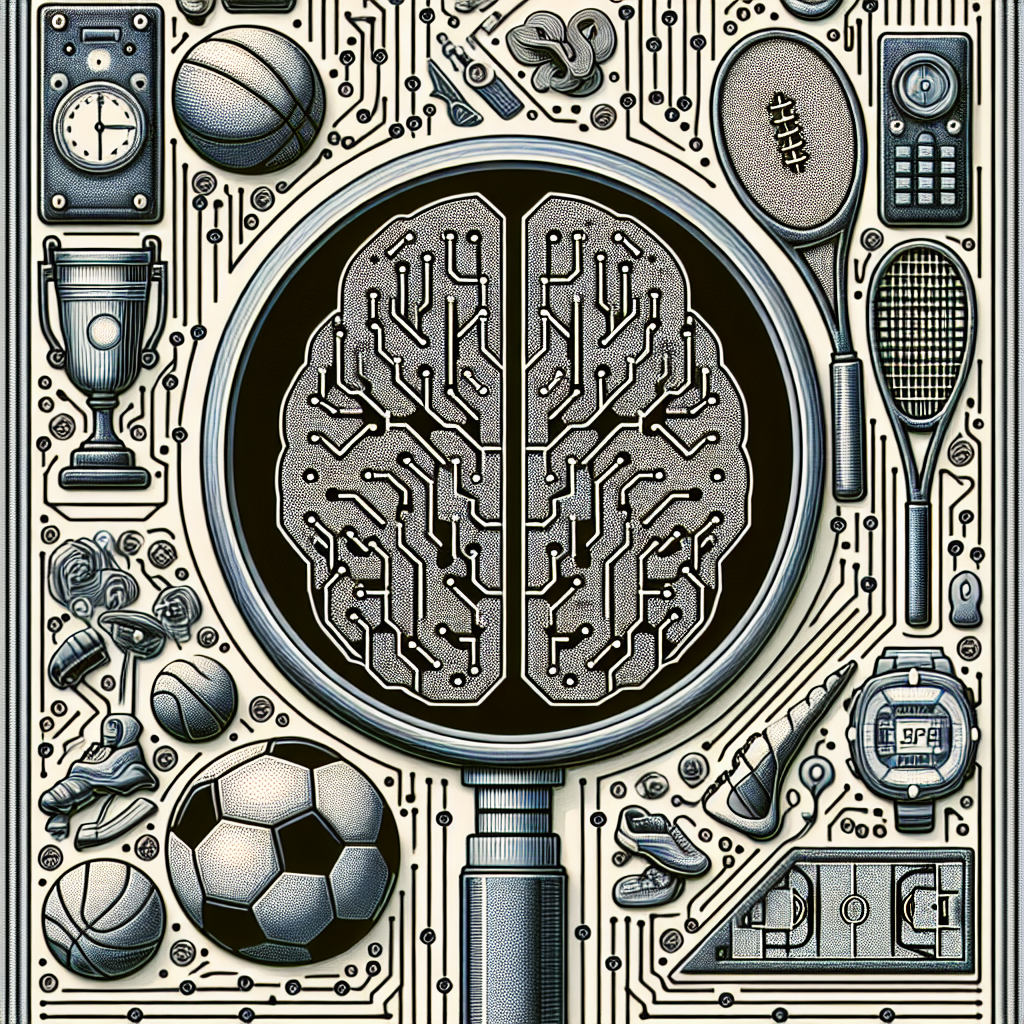Introduction
Match fixing in sports is a serious issue that has plagued the world of athletics for decades. The practice of manipulating the outcome of a sporting event for financial gain not only compromises the integrity of the game but also undermines the trust of fans and sponsors. Detecting and preventing match-fixing has become a top priority for sports organizations and governing bodies around the world.
Artificial Intelligence (AI) has emerged as a powerful tool in the fight against match-fixing in sports. With its ability to analyze vast amounts of data and detect patterns and anomalies, AI technology is revolutionizing the way sports organizations monitor and investigate suspicious betting activity. In this article, we will explore how AI is being used to detect match-fixing in sports and the challenges and opportunities it presents.
How AI is used in the detection of match-fixing
AI technology is being used in various ways to detect match-fixing in sports. One of the key applications of AI in this area is in the analysis of betting data. By monitoring betting patterns and odds movements, AI algorithms can identify suspicious betting activity that may indicate match-fixing. For example, if a significant amount of money is being placed on an unlikely outcome or if the odds suddenly shift in a particular direction, it could be a red flag for match-fixing.
Another important use of AI in the detection of match-fixing is in the analysis of player performance data. By analyzing player statistics and comparing them to historical data, AI algorithms can identify unusual patterns or anomalies that may suggest foul play. For example, if a player suddenly starts underperforming or making uncharacteristic errors, it could be a sign that they are involved in match-fixing.
In addition to analyzing betting and player performance data, AI technology is also being used to monitor social media and online forums for any suspicious activity related to match-fixing. By analyzing text and sentiment data, AI algorithms can identify conversations or posts that may indicate illegal activity or collusion between players and bookmakers.
Challenges and opportunities
While AI technology has shown great promise in the detection of match-fixing in sports, there are still challenges that need to be addressed. One of the main challenges is the lack of transparency and cooperation among sports organizations and betting operators. In order for AI algorithms to be effective in detecting match-fixing, they need access to a wide range of data sources, including betting data, player performance data, and social media data. However, many sports organizations and betting operators are reluctant to share this data due to concerns about privacy and competition.
Another challenge is the rapidly evolving nature of match-fixing techniques. As sports organizations and betting operators become more sophisticated in their methods of manipulation, AI algorithms must also adapt and evolve to stay ahead of the curve. This requires continuous research and development in the field of AI and machine learning, as well as collaboration among different stakeholders in the sports industry.
Despite these challenges, AI technology presents a number of opportunities in the fight against match-fixing in sports. By leveraging the power of AI algorithms, sports organizations can detect and prevent match-fixing more effectively and efficiently than ever before. AI technology can also help to identify new patterns and trends in betting and player data that may not be apparent to human analysts, allowing for more proactive and targeted interventions.
FAQs
Q: How accurate is AI in detecting match-fixing in sports?
A: AI technology has shown great promise in detecting match-fixing in sports, with many algorithms achieving high levels of accuracy in identifying suspicious activity. However, like any technology, AI is not infallible and there is always a margin of error. It is important for sports organizations to use AI as a tool in conjunction with other investigative methods to ensure the most accurate results.
Q: Can AI prevent match-fixing in sports?
A: While AI technology can help to detect and deter match-fixing in sports, it is not a silver bullet solution. Match-fixing is a complex and multifaceted problem that requires a holistic approach involving education, regulation, and enforcement. AI can play a key role in this process by providing valuable insights and analysis, but ultimately it is up to sports organizations and governing bodies to take action against those involved in match-fixing.
Q: What are the ethical implications of using AI in the detection of match-fixing?
A: The use of AI in the detection of match-fixing raises important ethical questions around privacy, transparency, and accountability. Sports organizations and governing bodies must ensure that AI algorithms are used responsibly and in compliance with data protection regulations. It is also important to consider the potential biases and limitations of AI technology, and to be transparent about the methods and criteria used in the detection of match-fixing.
Conclusion
The detection of match-fixing in sports is a complex and challenging task that requires a multi-faceted approach. AI technology has emerged as a powerful tool in this fight, with its ability to analyze vast amounts of data and detect patterns and anomalies that may indicate foul play. By leveraging the power of AI algorithms, sports organizations can detect and prevent match-fixing more effectively and efficiently than ever before.
However, there are still challenges that need to be addressed, including the lack of transparency and cooperation among sports organizations and betting operators, and the rapidly evolving nature of match-fixing techniques. By overcoming these challenges and embracing the opportunities that AI technology presents, sports organizations can protect the integrity of the game and ensure a fair and level playing field for all athletes and fans.

